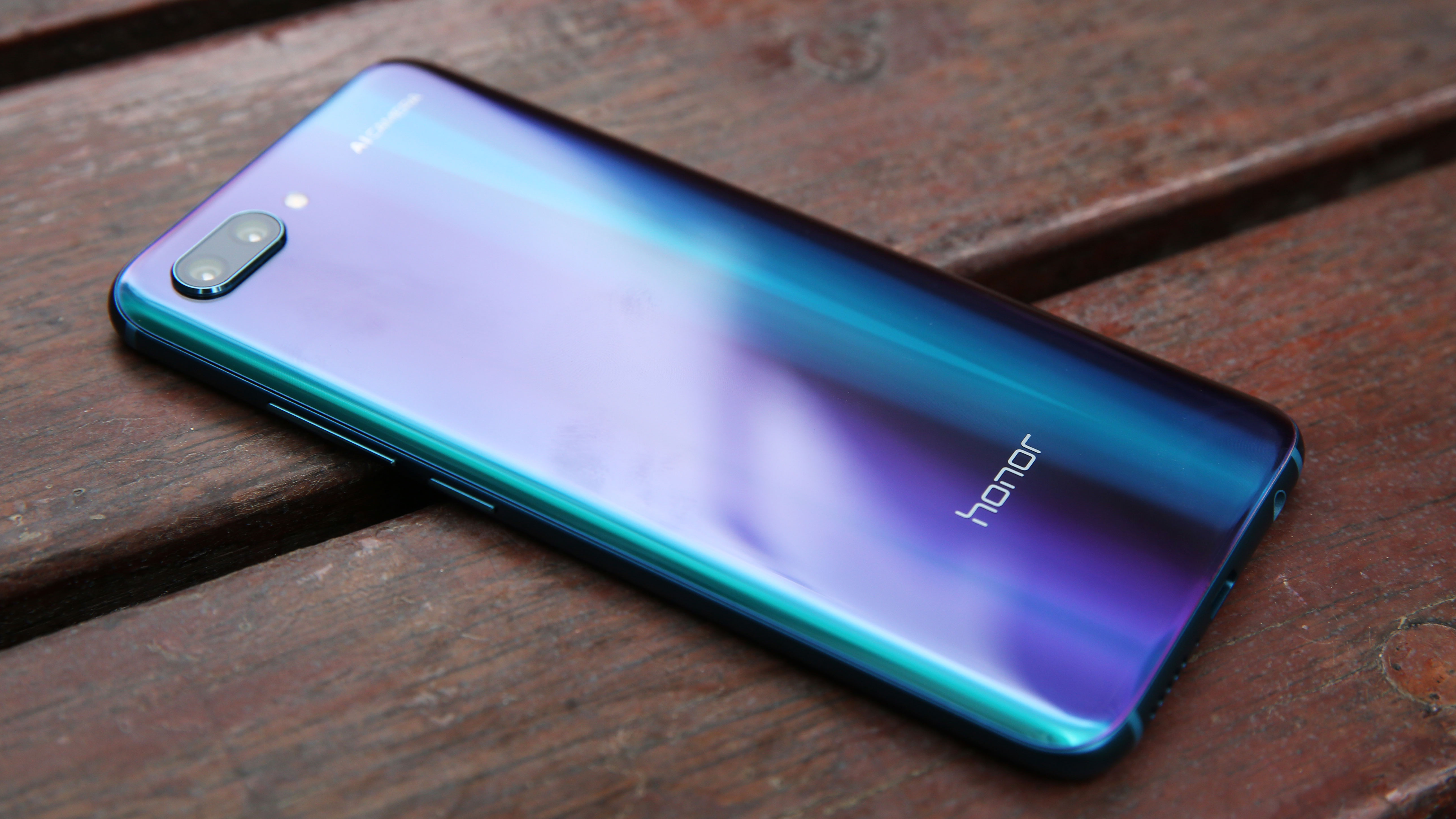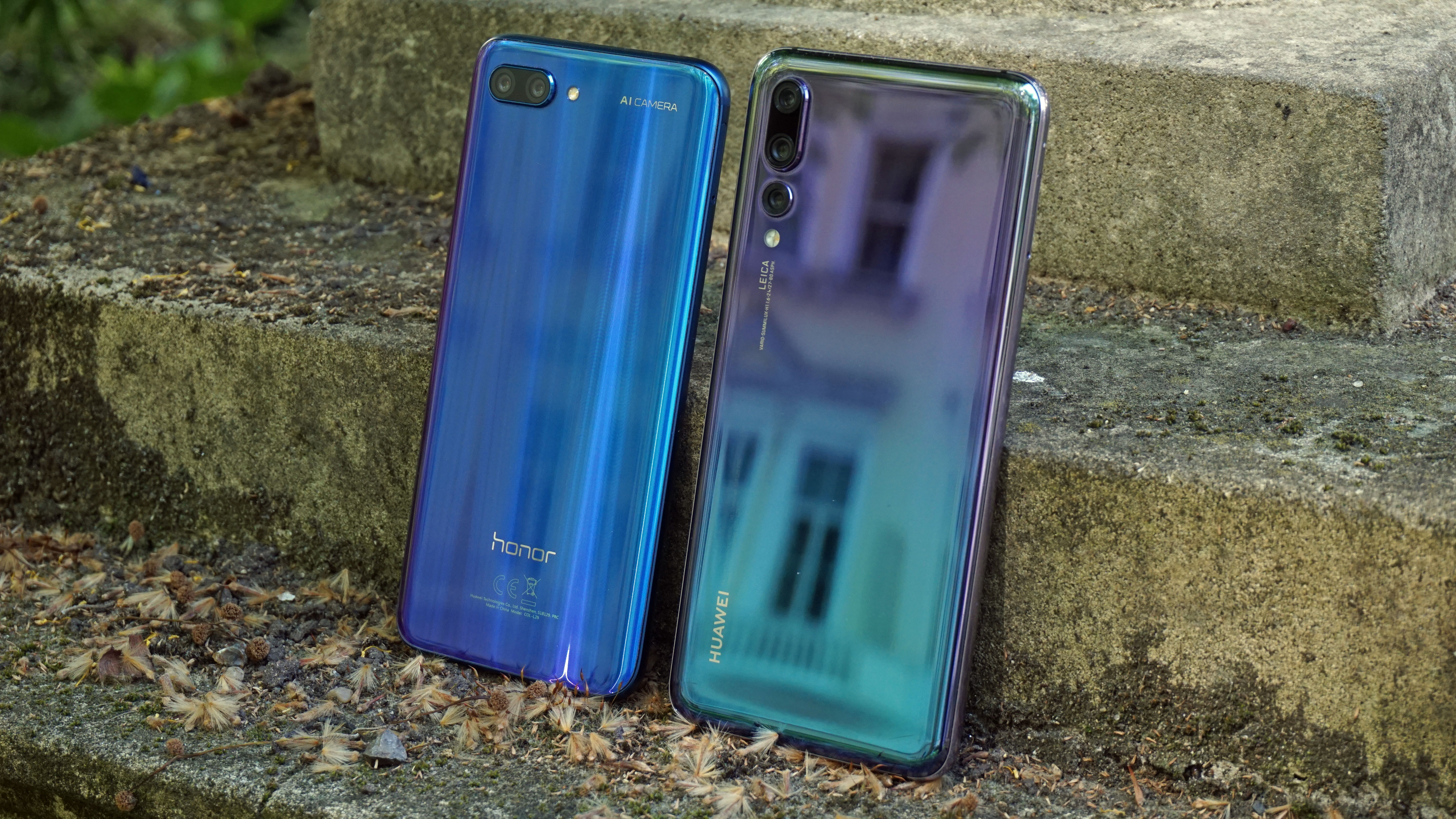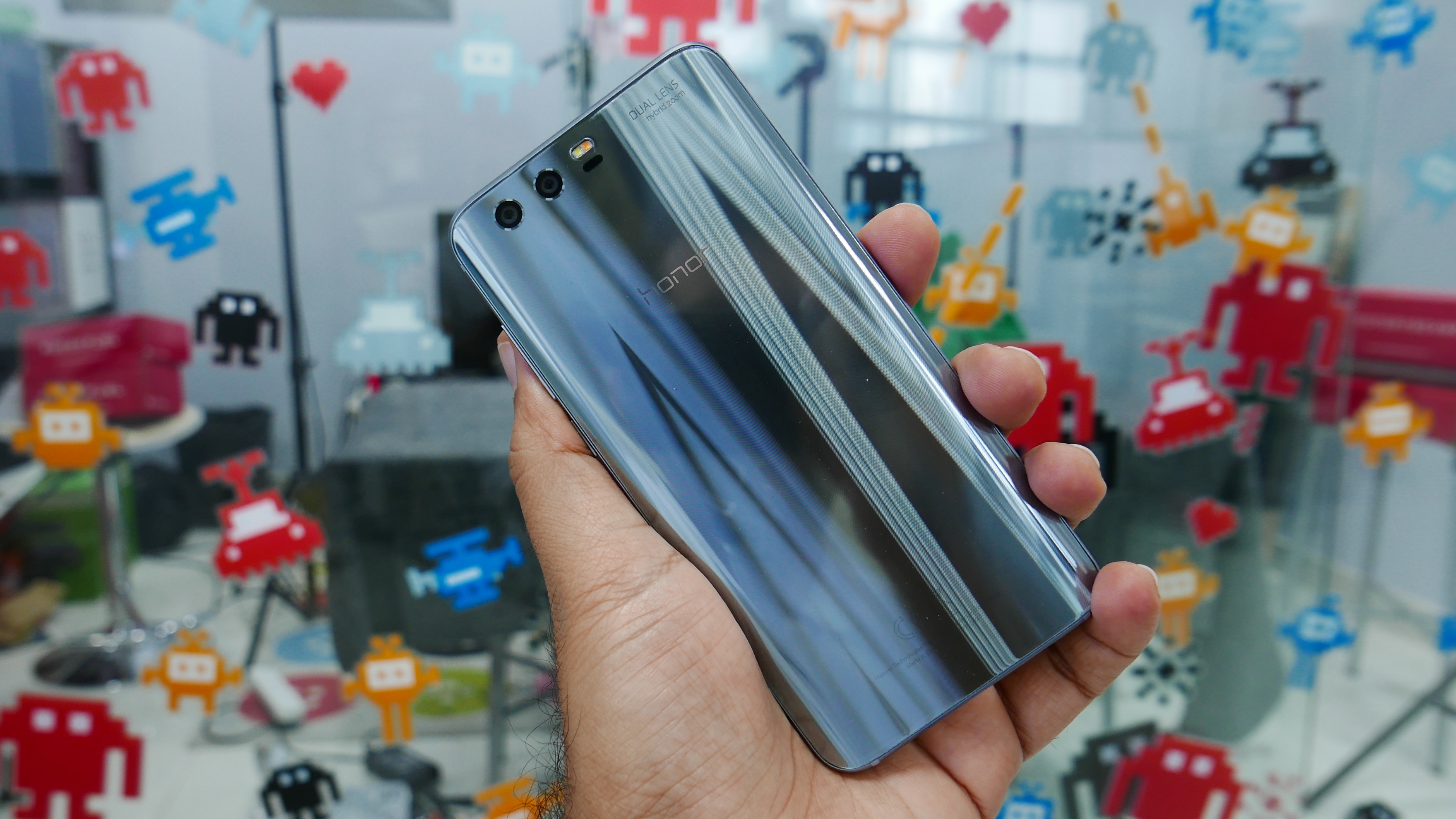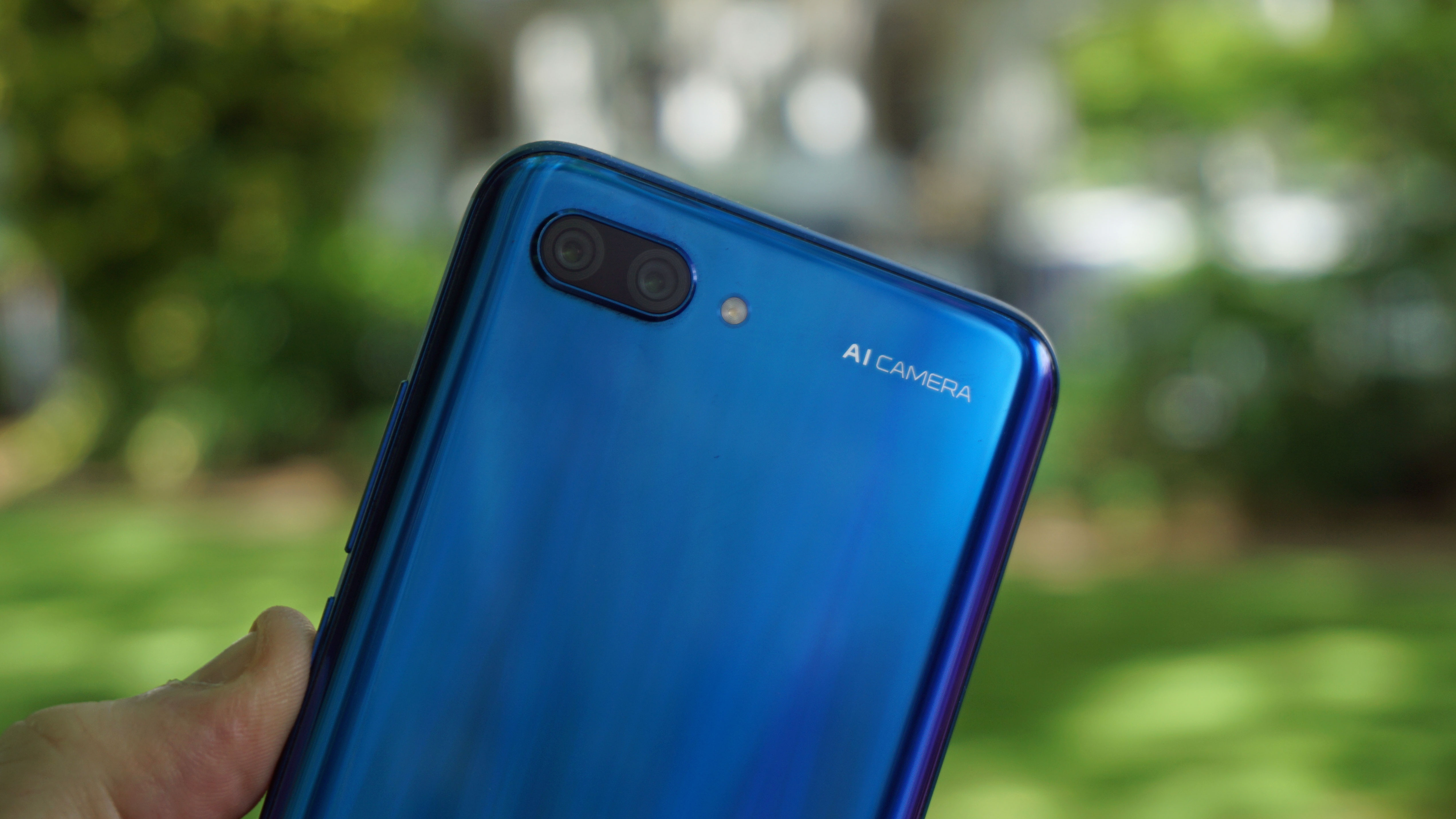Honor 10 vs Honor 9: the battle between two mid-range phones
An honorable contest

The Honor 10 is here and if you’re in the market for a borderline flagship at an upper mid-range price then it’s worth getting excited about, as it’s positioned as exactly that, and it’s the successor to the Honor 9 – a phone we liked enough to give 4.5 stars to in our review.
But the Honor 10 is also slightly more expensive than that handset and similar in a lot of ways, so could you be better off sticking with the old model?
You’ll have to wait for our full Honor 10 review to know for sure, but below you’ll find a full comparison of the specs of the two handsets, so you can see what’s different and what’s not.
Honor 10 vs Honor 9 design

The Honor 10 and Honor 9 have similar designs, at least from the back and sides, with both phones sporting a metal frame and a glass back. This is no plain, ordinary glass, rather it diffracts light to eye-catching effect, and in the case of the Honor 10 the color can even change slightly depending on what angle you view the phone at.
Viewed from the front though they’re rather different, as the Honor 10 has a notch above the screen, while the Honor 9 has a strip of bezel all the way across.
Both phones have a bottom bezel housing a fingerprint scanner, but on the Honor 10 it’s underneath the glass, so the front of the phone is completely smooth, while on the Honor 9 it’s a separate button-like component. Plus, the Honor 9’s bezel is larger than the Honor 10’s.

As for the dimensions and weight, the Honor 10 comes in at 149.6 x 71.2 x 7.7mm and 153g, while the Honor 9 is 147.3 x 70.9 x 7.5mm and 155g, so the Honor 9 is marginally smaller and a tiny bit heavier but they’re roughly the same.
Sign up for breaking news, reviews, opinion, top tech deals, and more.
It’s also worth noting that neither phone has any real water resistance. The main difference, then, is the notch – or lack thereof in the case of the Honor 9 – on the front.
Honor 10 vs Honor 9 display

The Honor 10 has a 5.84-inch 1080 x 2280 IPS LCD display with a pixel density of 432 pixels per inch and an aspect ratio of 19:9.
The Honor 9 meanwhile has a 5.15-inch 1080 x 1920 IPS LCD screen with a pixel density of 428 pixels per inch and an aspect ratio of 16:9.
Breaking that down then, the Honor 10’s screen is a bit larger and a bit higher resolution, but with roughly the same pixel density, so the quality of the image might not vary much between them, but we’ll let you know how good the image on the Honor 10 actually is when we’ve had a chance to fully review it.

The aspect ratio is a bigger difference, with the Honor 10 being more widescreen, like many recent flagships. As it has a notch and less bezel it also has a higher screen-to-body ratio than the Honor 9, though if you don’t like the notch you can hide it, by activating a setting that blacks out the screen to either side.
Honor 10 vs Honor 9 OS and power
The Honor 10 and Honor 9 both come in 4GB and 6GB variants when it comes to RAM, so they’re similar there, but the Honor 9 is using an older octa-core Kirin 960 chipset to the Honor 10’s octa-core Kirin 970.
As such, the Honor 10 will perform better under pressure. In fact, that’s the same chipset as you’ll find in the Huawei P20 and Huawei P20 Pro, while the Honor 9’s can be found in the likes of the Huawei P10.
That said, in benchmarks the Honor 9 still kept pace with many of 2017’s flagships, such as the Samsung Galaxy S8, so performance shouldn’t feel too lacking.

As for the operating system, you get Android 7 Nougat out of the box with the Honor 9, but it can now be updated to Android 8 Oreo, while the Honor 10 runs Oreo from day one. That puts the Honor 10 at an advantage as while they might have similar software now, the newer handset is likely to be kept up to date for longer.
Both phones have an overlay of course though, specifically EMUI 8.0 in the case of the Honor 9 and EMUI 8.1 with the Honor 10. These are similar and will be familiar if you’ve used another recent Honor or Huawei handset, but it’s worth noting that they stray further from stock Android than many manufacturer overlays.
Honor 10 vs Honor 9 camera and battery

The Honor 10 and Honor 9 both have dual-lens rear cameras with one color lens and one monochrome one, but their specs differ. The Honor 10 has a 16MP f/1.8 color lens and a 24MP monochrome one, while the Honor 9 has a 12MP f/2.2 color lens and a 20MP f/2.2 black and white one.
In both cases the lenses can be combined for a single, more detailed image or for a wide aperture mode. In the case of the Honor 10 you’ve also got AI helping it along, which allows it to detect what you’re taking a picture of and adjust the camera settings accordingly. It can detect over 500 different scene types in all and can even sort between multiple objects within a scene.
The larger aperture of the lenses on the Honor 10 means more light can get in, which in theory could also lead to better low light shots, but we’ll have to put that to the test to know for sure.

Both phones can shoot video in up to 4K resolution and while the Honor 10 has a 24MP front-facing camera the Honor 9 has just an 8MP one. So on paper at any rate the cameras are similar but with more megapixels and various improvements in the case of the Honor 10.
As for the battery, you get a 3,400mAh one with the Honor 10 and a 3,200mAh one with the Honor 9. We found the Honor 9 could comfortably last a day or more in general, so hopefully the Honor 10 will be at least as good. Both phones also support fast charging, but not wireless charging.
Honor 10 vs Honor 9 price and availability
The Honor 10 costs £399.99 (around $545 / AU$720), which is slightly more than the £379.99 (roughly $515 / AU$685) launch price of the Honor 9. The Honor 9 can also now sometimes be found from around £340 (approximately $460 / AU615), so it’s a bit cheaper, but of course also more dated.
You can buy the Honor 10 from today in the UK and the Honor 9 has long been available, but the 9 didn’t get a launch in the US or Australia and we’re not expecting to see the Honor 10 in those regions either.
Takeaway
On paper the Honor 10 is pretty much exactly what you’d expect as the successor to the Honor 9. It’s a minor upgrade in most areas, from the chipset to the screen, camera, battery and design.
The visual change is perhaps the biggest difference, as the notch, new aspect ratio and smaller bezels make it look quite different from the front, but underneath all that it looks to be quite a similar phone to its predecessor.
But while the upgrades might be small the price increase is also quite minor and given that the Honor 9 got 4.5 stars in our review the Honor 10 looks promising, assuming everything comes together in use. We’ll let you know if it does once we’ve put it through a full review.
- The Honor 9 Lite is an even cheaper option
James is a freelance phones, tablets and wearables writer and sub-editor at TechRadar. He has a love for everything ‘smart’, from watches to lights, and can often be found arguing with AI assistants or drowning in the latest apps. James also contributes to 3G.co.uk, 4G.co.uk and 5G.co.uk and has written for T3, Digital Camera World, Clarity Media and others, with work on the web, in print and on TV.